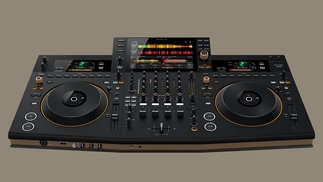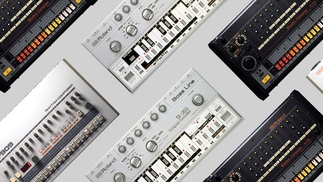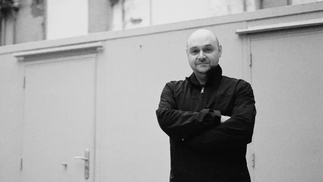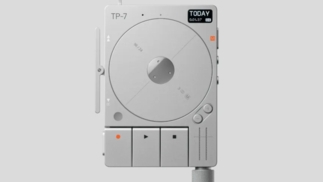IN EAR PROTECTORS
Safeguard your hearing by making in-ear protectors part of your DJ gear...
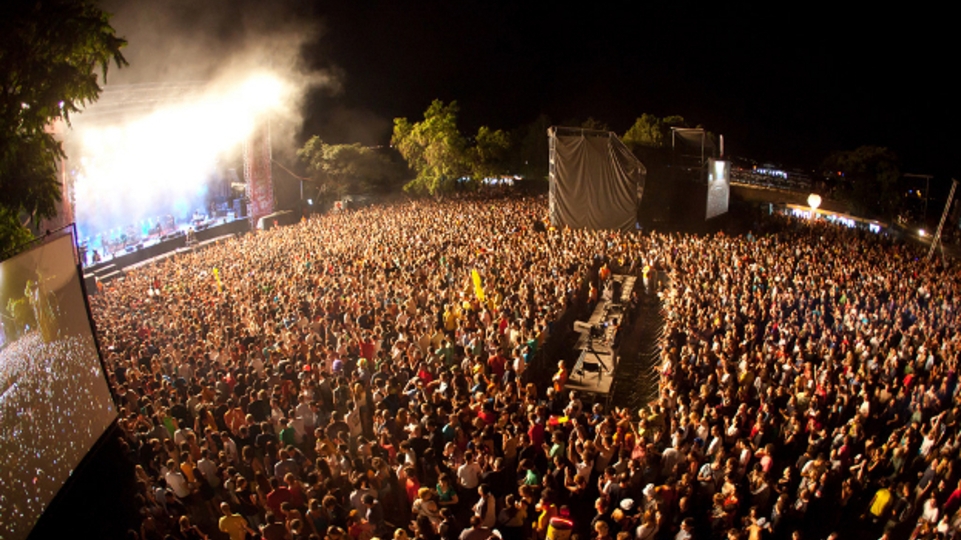
In light of the recent news about Lil Louis DJ Mag thought it would be a good opportunity to touch base with the DJ community about the importance of protecting their major assets: their ears. We recently took a trip down to a hearing specialist to get the lowdown on our hearing and the potential damage we may have inflicted on them after over 25 years behind the decks.
The humble ears are probably DJs or producers' primary tools. Reading the story about Lil Louis touches a nerve and brings it home how easy it is for everything to fall apart if hearing is damaged or threatened. It's a timely warning that the loss of a DJ's hearing is a potential life and career ruining moment.
And that's why it's important to take every step possible to protect that livelihood.
VITAL
There are many signs of hearing damage, and the usual one is the ringing noise that is heard after a night out in a club — tinnitus, which is the bane of many DJs' lives. It's an irritating buzzing/ringing noise that actually affects one in 10 people at some stage in their lives; however this form isn’t permanent and will usually subside after a good few hours.
For those prone to getting this type of irritation after a night out/behind the decks, it is definitely time to think about getting a set of custom-made in-ear protectors, which will do away with this annoyance and actually protect hearing from damage in very loud environments.
The process is simple: we took ourselves off to Musicians' Hearing Services, which is part of Harley Street Hearing Specialists in London. They are top in their field when it comes to servicing the music community for their hearing needs. Top DJs and musicians have all benefited from a visit to this establishment. If it’s good enough for the likes of Plan B, Zane Lowe, Bicep and Coldplay, it is good enough for the rest of us.
THE PROCESS
There are a few services that they offer in terms of looking after that precious hearing: microsuction, a liquid-free procedure that uses a suction device to remove wax from within the ear, or irrigation, that uses a pressurised flow of water to clear the ears out. Once a bit of ear maintenance has been delivered it's time to get the ears prepped for the moulding process. This is where the specialist takes an impression of the inner ears, from which the custom protectors will be made. It is a rather strange-yet-pleasing sensation as the mould is squirted into the ears.
As each ear is done, we temporarily experience a kind of deafness and the sensory perception is totally shifted, but this doesn’t last for long, and after a few minutes the moulds harden and can be taken out, leaving a perfect impression of the inner ears from which the protectors are made.
The protectors come in three versions: ER25, ER15 or ER9, basically offering 25db, 15db and 9db reduction in sound across frequencies respectively, whilst maintaining audio clarity. For most DJ and club use, ER15s will be acceptable if the sound environment is particularly loud.
Then, the 25s would probably be best, but these deliver heavy-duty filtering and sound reduction, whilst the 9s are at the lighter end of the reduction spectrum.
In use the trick is to get the ears accustomed to the plugs before the gig. It is best to put them in up to an hour before taking to the decks, or even before entering the venue. This way it will give the ears time to adjust to the reduction across the sound frequencies, meaning having them in doesn’t feel unnatural. Once the ears are acclimatised it is easy to mix as per normal; however, with the added bonus that the ears are not taking the usual pounding they would do if the protectors were not in use.

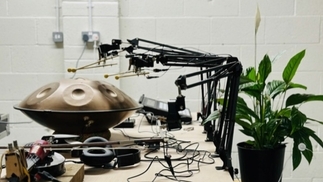
![Screenshot of [untitled] app interface](/sites/default/files/styles/djm_23_323x182_jpg/public/2023-09/untitled-app-music-new-1400x700.jpg?itok=pro0ZaB4)
